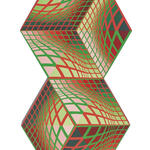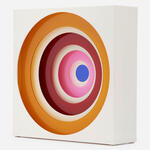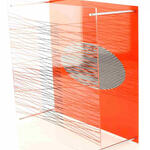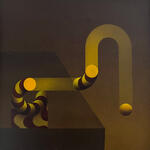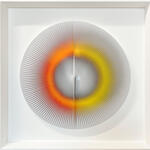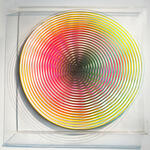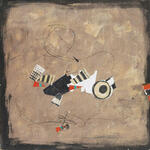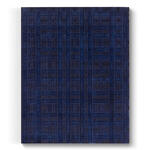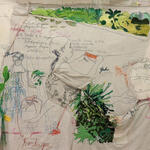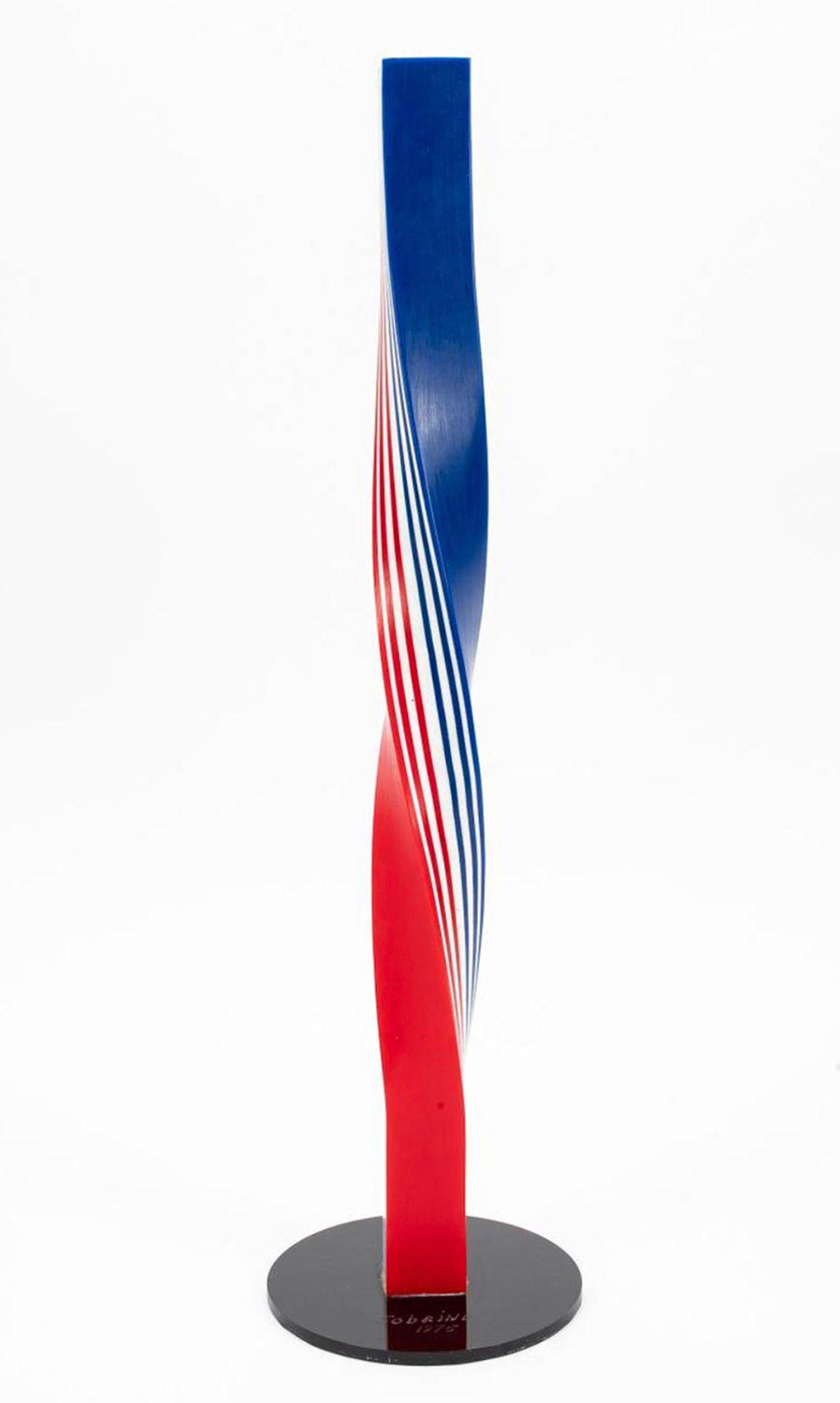
Francisco Sobrino
Bio
Francisco Sobrino (Guadalajara, Spain, 1932 - Normandy, France, 2014) The family nucleus migrates to Argentina, where he studies and obtains a diploma at the School of Fine Arts in Buenos Aires. After his studies he begins a series of oil paintings and gouaches, in which he produces vibratory illusions of depth and perspective. In 1959 he moved to Paris where in 1960 he founded the Groupe de Recherche d'Art Visuel, GRAV (Visual Art Research Group), with Julio Le Parc, François Morellet, Jöel Stein, Yvaral, and Horacio García Rossi. Their purpose was to change the concept of the work of art, demystify it and seek a new contact with the public through optical-kinetic and luminous experiences.
Francisco Sobrino began in sculpture using industrial materials -aluminum, glass, plastic and steel. His first works were reliefs, made from degradations and superimpositions of Plexiglas plates of different colors. Later, in the transparent reliefs he used for the first time translucent and monochrome plastic, one of the main resources used in his research. Later, Sobrino began to introduce in his works real movement, electric light and, as a consequence of both, the time factor. They are mobile sculptures, where the active or passive participation of the spectator was of great importance.
Statement
Francisco Sobrino is one of the great representatives of European constructive-geometric art. He executed his first reliefs and sculptures. Thus, he will turn his chromatic wefts into reliefs, superimposing methacrylate plates of different dimensions to form progressive levels decreasing in size and color, or, also, making Labyrinths in rotation.
The incorporation of steel and aluminum multiplies the possibilities offered by the light falling on the reflecting surface, and turns the sculpture into an expansive work of centripetal character that forces the spectator to move around it and to discover the artistic object in constant mutation.
In 1970 he would make Juego de ajedrez, a first exercise in which he only resorts to the alternation of black and white methacrylates, and which will be the exponent of a line of research. The columns entitled Desplazamiento Inestable (Unstable Displacement), in their multiple variants of elevation and plan, and in the alternation or grouping of the plates and sheets of material, both horizontally and vertically, will have their origin in this new orientation. From the helicoidal rotation of these will emerge other pieces of Solomonic order, Torsions, Opposite Torsions, Relations, and Needle Columns. Throughout the eighties, the analysis of forms with progressions of simple geometric figures will lead him again to the plane, to make pieces of vertical development, Relieves White-Black, in which he achieves an undulating, bidirectional and continuous movement; or, in other cases, to suggest in optical fantasy voluminous cubes in unstable superposition. But perhaps his greatest success are his White on White monochromes, in which he achieves the greatest plastic effects with the least resources.

